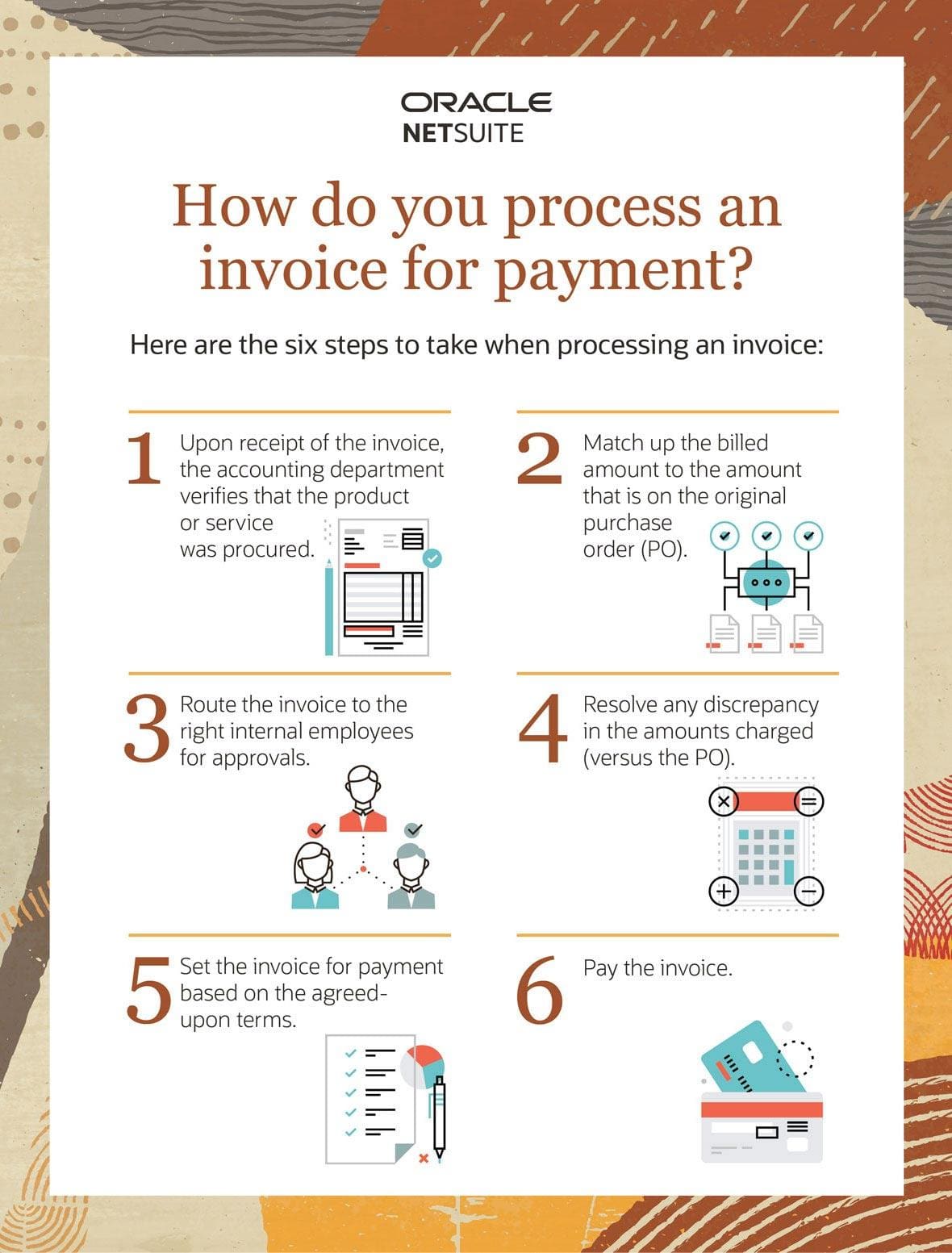

The invoice will reflect the new amounts and the disputed workfile transactions will stay in the billing workfile for you to correct and invoice at a later date.

To correct this situation, you can select an invoice batch from Batch Revisions, select the specific invoice in error, choose the pay item that you need to change, and remove the workfile transactions tat are being disputed for the particular pay item. Remove workfile transactions from pay itemįor example, if you have an invoice batch with 200 invoices, but your project manager notices that an invoice amount is incorrect, then incorrect charges exist for this customer. Merge existing workfile transactions for pay item Summarize workfile transactions for pay item automaticallyĬreate ad hoc workfile transactions for pay item

The system creates invoices with all amounts equal to zeroĬreate invoices with all amounts initialized to zero, regardless of billing activity (manual invoices only) This prevents the system from creating an invoice with all amounts equal to zeroĬreate invoices regardless of billing activity.

When you create invoices in the following ways:Ĭreate invoices only for contracts with billing activity. You can manually create an invoice batch, create invoices within a batch, and manage the pay items by merging existing workfile transactions or adding ad hoc workfile transactions directly into the invoice. The billing system also allows you to create invoice information manually. The system uses the Invoice Summary entries to create transactions in the Accounts Receivable Ledger (F0311) when Create A/R and G/L Entries is run. When Invoice Generation is run from the Invoice Generation menu, the system automatically summarizes the selected workfile transactions from the Billing Workfile (F4812) and stores the summarized records in the Invoice Summary Work File (F4822). The Contract Billing system can create invoices automatically or manually. Although they contain the key information needed to create invoices, they are not separated and assigned to a specific invoice number. For PO-based invoices, the invoice processing can be performed touchlessly using automated invoice matching through an AP automation solution.When the system initially creates workfile transactions for the Billing Workfile (F4812), they are undifferentiated, generic transactions. This part of the invoice processing procedure differs depending on the type of invoice: expense invoice or PO-based invoice. The invoice processing continues with invoice approval.The accounts payable team is responsible for invoice handling and will then apply accurate coding either manually or automatically using an AP automation solution that is pre-configured with the specific organization’s business rules.In order to process invoices in a digital workflow, the invoice data needs to be extracted and captured in a standardized format.The invoice processing procedure starts with the reception of a supplier invoice.To understand invoice processing meaning, it’s important to learn the different steps of the invoice processing process: With an AP invoice automation solution, this entire invoice processing workflow can be digitized and automated for faster and more efficient invoice processing. Then, the invoice is distributed to the responsible buyer or budget owner for review and invoice approval. The invoice amounts are then coded to the correct G/L account, project, and cost center. This means the solution will automatically extract the invoice data so that the AP staff can spend their time on more valuable tasks. But today, most companies use an accounts payable (AP) solution with automated invoice scanning and invoice data capture functionality. In some cases accounts payable staff will manually key in data to the finance system. The invoice data must be digitized and transformed into a standardized format.
INVOICING PROCESS PDF
Supplier invoices are often received in a variety of different formats – paper, PDF in email, e-invoice, EDI etc.


 0 kommentar(er)
0 kommentar(er)
